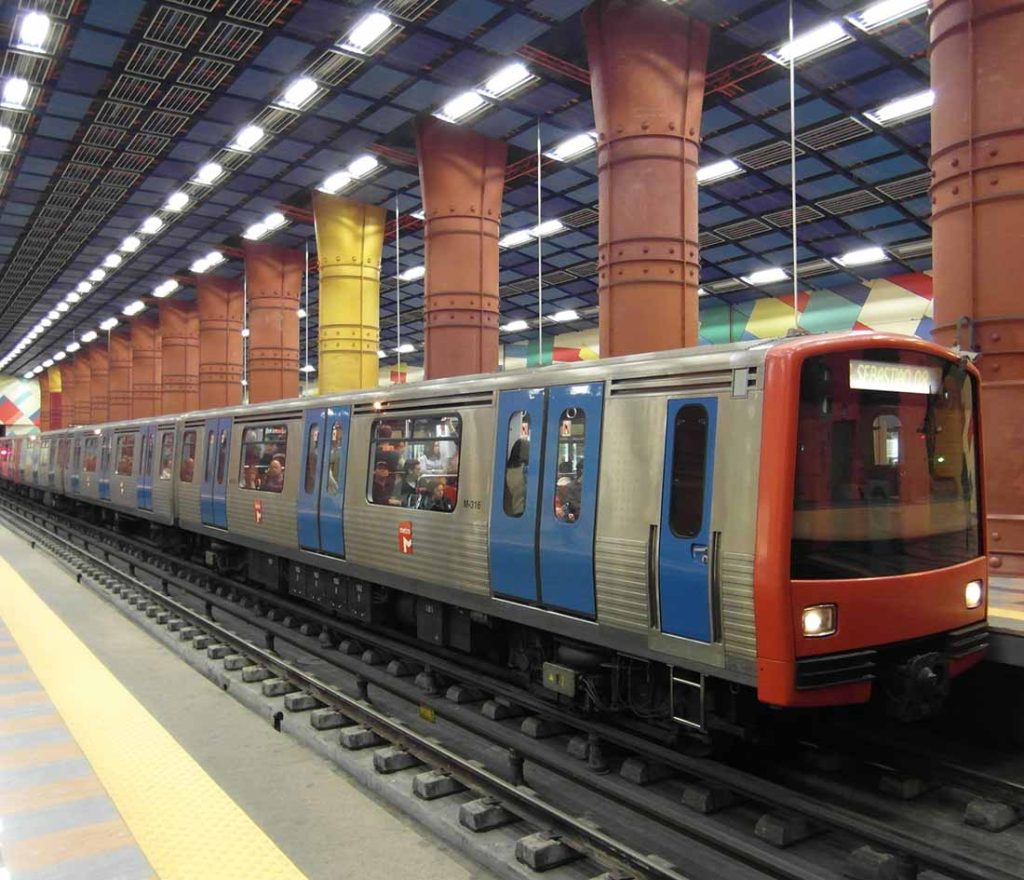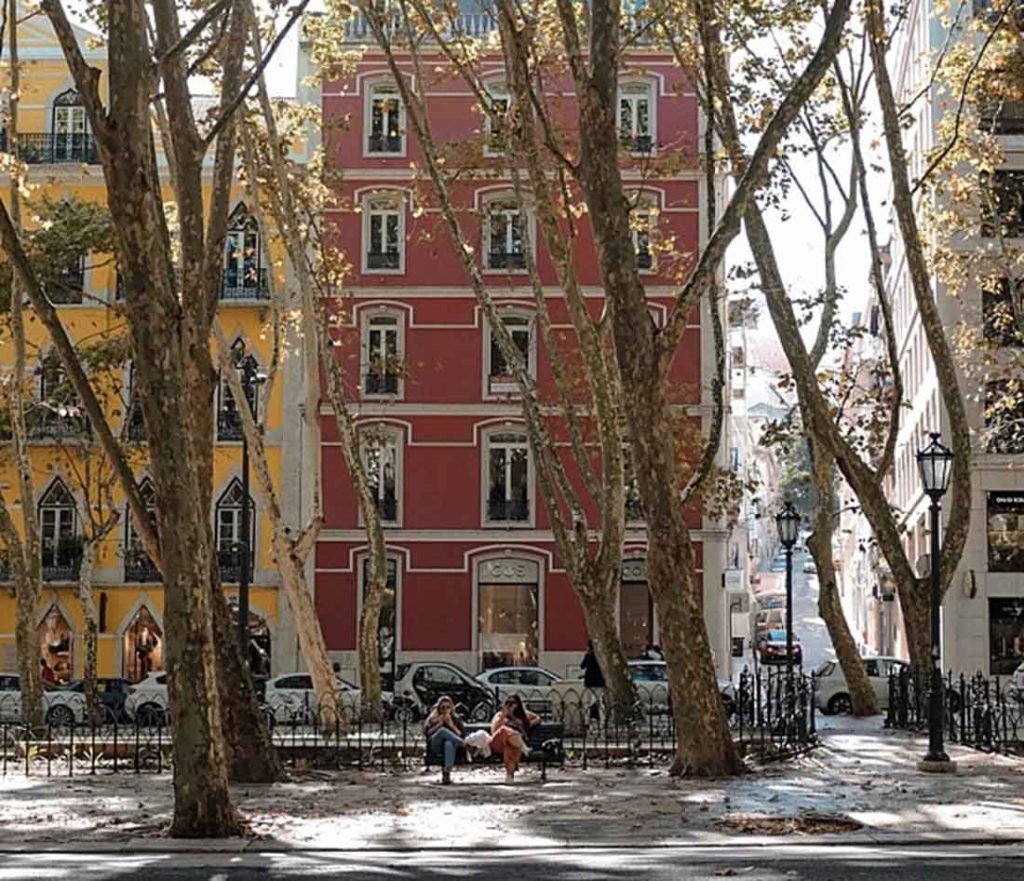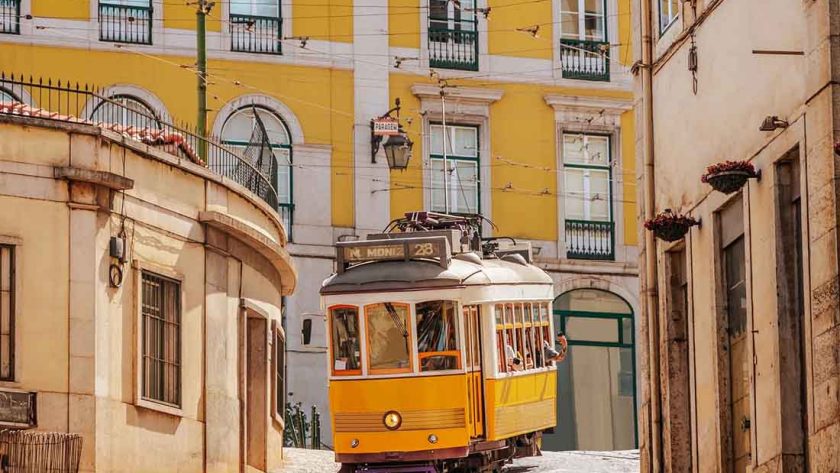When exploring a new city, one of the most important considerations is how to get around efficiently and affordably. Lisbon, the Portuguese capital, offers travelers a dynamic mix of transportation options that combine history, convenience, and character. From its colorful metro system to the charming trams and easily walkable neighborhoods, the city makes it surprisingly easy to navigate without needing a car. In this guide, we’ll dive into everything you need to know about using the metro, buses, and walking around Lisbon, so you can make the most of your trip.
Why Understanding Lisbon’s Transportation System Matters
Lisbon is a city of hills, viewpoints, and winding streets. While its size is manageable compared to many other European capitals, having a clear understanding of the transportation network will save you both time and energy. Some neighborhoods are better reached by metro, while others are best enjoyed on foot or with a quick bus ride. Knowing how to combine these options ensures a smoother and more enjoyable travel experience.
The Metro: Fast, Colorful, and Practical
Lisbon’s metro system is the backbone of the city’s public transportation network. It connects the airport with central districts and extends to residential neighborhoods, making it both tourist-friendly and practical for daily use.
Overview of the Metro Lines
The metro is organized into four main lines, each identified by a color and a symbolic icon:
- Blue Line (Linha Azul – Seagull): Runs from Reboleira to Santa Apolónia, connecting important stations like Marquês de Pombal, Baixa-Chiado, and Restauradores. Ideal for reaching the downtown area.
- Yellow Line (Linha Amarela – Sunflower): Extends from Odivelas to Rato, passing through Saldanha and Campo Grande, useful for accessing business districts.
- Green Line (Linha Verde – Caravel): Connects Telheiras to Cais do Sodré, a hub for trains and ferries. Great for travelers heading to the waterfront.
- Red Line (Linha Vermelha – Orient): Links the Airport to São Sebastião, passing through Oriente station (near the modern Parque das Nações area). Perfect for arrivals and departures.

Tickets and Cards
The metro uses a rechargeable Viva Viagem card, which can be loaded with single rides, day passes, or stored value. For most visitors, a 24-hour pass that covers metro, buses, and trams is the best deal. The card itself costs a small fee, but it quickly pays for itself if you’re making multiple journeys in a day.
Tips for Using the Metro
- Stations are clearly marked, but some, like Baixa-Chiado, have long escalators—prepare for a bit of walking underground.
- Trains generally run every 5–10 minutes during the day.
- Be mindful of pickpockets in crowded areas, especially on the Blue Line.
- The metro closes around 1:00 AM, so plan your late-night journeys accordingly.
Buses: Filling the Gaps
While the metro is efficient, buses cover areas that are not directly accessible by train, particularly the more residential or hilly neighborhoods. The bus system, operated by Carris, is extensive and reliable.
Why Take the Bus?
- Coverage: Buses reach places like Belém, home to the Jerónimos Monastery and the famous Pastéis de Belém bakery.
- Scenic Rides: Unlike the metro, buses let you enjoy the cityscape along the way.
- Flexibility: For shorter distances where the metro may not be convenient, a bus can often be the faster choice.
Using Buses in Lisbon
- The same Viva Viagem card works for buses, making it easy to switch between modes of transport.
- Enter through the front door and validate your card at the machine.
- Routes are displayed at stops, but using a navigation app can simplify planning.
Practical Tips
- During peak hours, buses may get crowded, especially on popular routes like those to Belém.
- If you’re carrying luggage, the bus might be less comfortable than the metro.
- Some buses run late at night, providing options after the metro closes.
Trams: A Special Mention
Though not the main focus of this guide, no conversation about Lisbon transport is complete without mentioning the iconic trams. The famous Tram 28 winds through narrow streets and historic districts, offering a scenic ride that feels more like an attraction than just a mode of transport. Keep in mind, however, that trams can be crowded, and for efficiency, buses or the metro might be better.
Walking: The Best Way to Discover Lisbon
One of the greatest joys of Lisbon is that much of it can be explored on foot. Unlike sprawling cities that require long commutes between neighborhoods, Lisbon’s historic districts are relatively close together.
Advantages of Walking
- Immersive Experience: Wandering through Alfama’s alleys or Chiado’s squares gives you an authentic feel of the city.
- Unexpected Discoveries: Street art, hidden viewpoints, and local shops often appear where you least expect them.
- Flexibility: You’re free to stop whenever you like for photos, snacks, or simply to soak up the atmosphere.
Challenges of Walking in Lisbon
- Hills: Be prepared for steep climbs, especially in Alfama or Bairro Alto. Comfortable shoes are a must.
- Cobblestones: Lisbon’s traditional calçada portuguesa (mosaic pavements) are beautiful but can be slippery when wet.
- Distances: While central neighborhoods are close together, reaching places like Belém is best done by bus or tram.
Suggested Walking Routes
- Baixa to Alfama: Start at Praça do Comércio, climb through Alfama’s streets, and end at the Castelo de São Jorge.
- Chiado to Bairro Alto: Explore Lisbon’s shopping heart before heading uphill to discover nightlife spots.
- Avenida da Liberdade: A wide, tree-lined avenue perfect for a leisurely stroll.

Combining Metro, Buses, and Walking
The real secret to getting around Lisbon is knowing when to combine different modes of transport. For example:
- Take the metro from the airport to the city center.
- Use a bus to reach Belém or Parque das Nações.
- Spend the rest of the day walking through neighborhoods like Alfama, Chiado, or Bairro Alto.
This combination saves time while still allowing you to fully appreciate Lisbon’s charm.
Accessibility Considerations
Lisbon is improving its accessibility, but the terrain presents challenges. Many metro stations have elevators, though not all are functioning consistently. Buses are generally equipped for passengers with mobility needs, but walking can be difficult due to steep streets and uneven pavements. Planning ahead is key for travelers who require accessible routes.
Safety and Comfort Tips
- Pickpocketing: Like many tourist cities, be cautious in crowded areas. Keep your belongings secure.
- Weather: Lisbon enjoys mild winters and warm summers, so dressing in layers is smart. Always carry a water bottle, especially if you plan to walk a lot.
- Footwear: Sturdy walking shoes with good grip are essential for cobblestone streets.
Cost-Effective Travel
Public transport in Lisbon is very affordable compared to other European capitals. The 24-hour pass is the most budget-friendly option, especially if you plan to take multiple rides in a day. If you’re staying longer, consider the Lisboa Card, which includes transport plus free or discounted entry to many attractions.
Getting around Lisbon doesn’t have to be complicated. The city offers travelers a well-connected metro system, a broad and reliable bus network, and the sheer pleasure of exploring on foot. Together, these options create an ideal balance between convenience and adventure. Whether you’re arriving for the first time or returning for another visit, knowing how to move seamlessly between different modes of transportation will enhance your experience and allow you to focus on enjoying the city itself rather than worrying about logistics.
The metro is the fastest and most straightforward way to travel across long distances. With clearly marked lines and frequent trains, it takes you from the airport to the historic center or out to modern hubs like Oriente in just minutes. The buses, by contrast, add a scenic layer to your journey. Instead of moving underground, you can sit back, relax, and watch the city’s neighborhoods unfold before your eyes. They’re also the most practical option for reaching specific districts like Belém, where trams and buses run frequently and offer a window into daily life.
Walking, however, remains the most rewarding way to experience Lisbon. Strolling through its neighborhoods allows you to notice the details you’d otherwise miss: the patterned cobblestone streets, colorful tiled façades, hidden viewpoints, and the rhythm of local life in cafés and markets. Though the hills can be steep and the pavements uneven, every climb is rewarded with sweeping views and authentic discoveries that you simply won’t get from behind a bus window or inside a metro carriage.
By blending these three approaches—metro for speed, buses for coverage and scenery, and walking for immersion—you create a travel rhythm that matches the city’s personality. Lisbon is not meant to be rushed through; it’s a place that rewards curiosity, flexibility, and a willingness to explore both the grand avenues and the hidden corners. Each journey, no matter how simple, becomes part of the adventure, from stepping into a bustling metro station to boarding a bus headed toward the waterfront or wandering aimlessly through Alfama’s winding alleys.
Transportation in Lisbon is more than just getting from point A to point B—it’s part of the story you’ll tell when you return home. With the right balance of efficiency and exploration, you’ll discover not only the famous landmarks but also the authentic character that makes Lisbon unforgettable.



